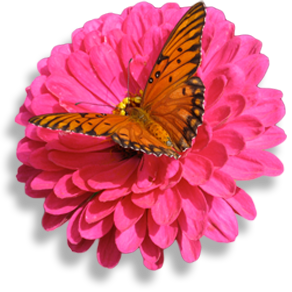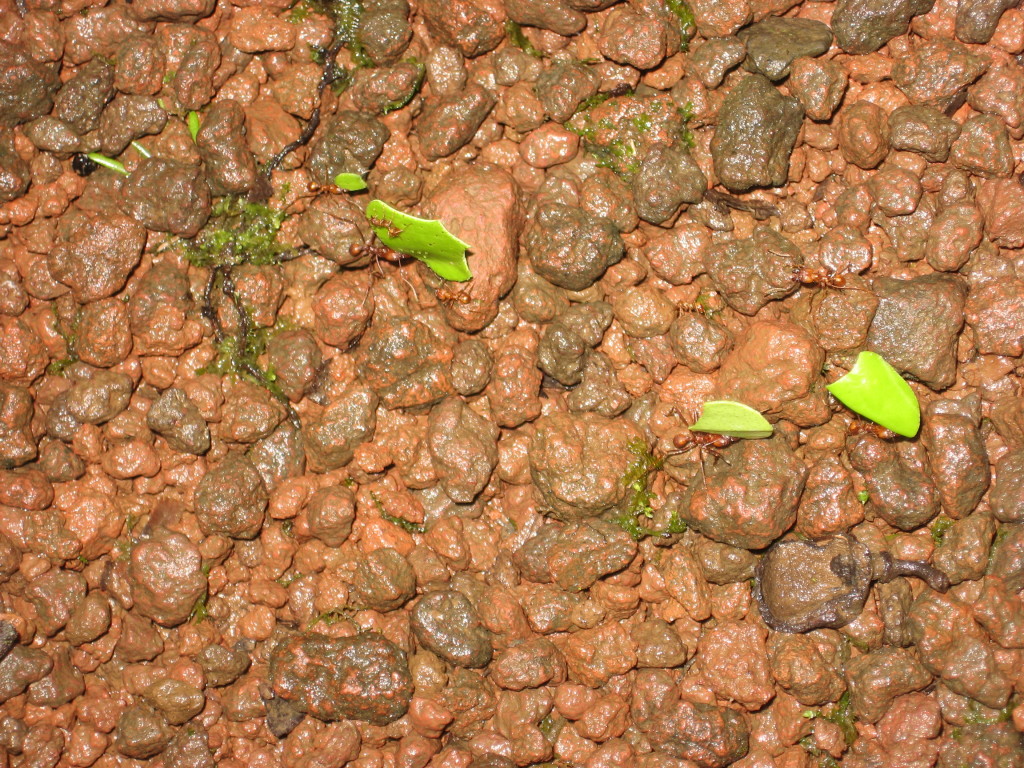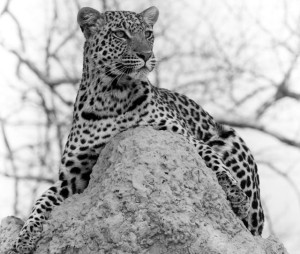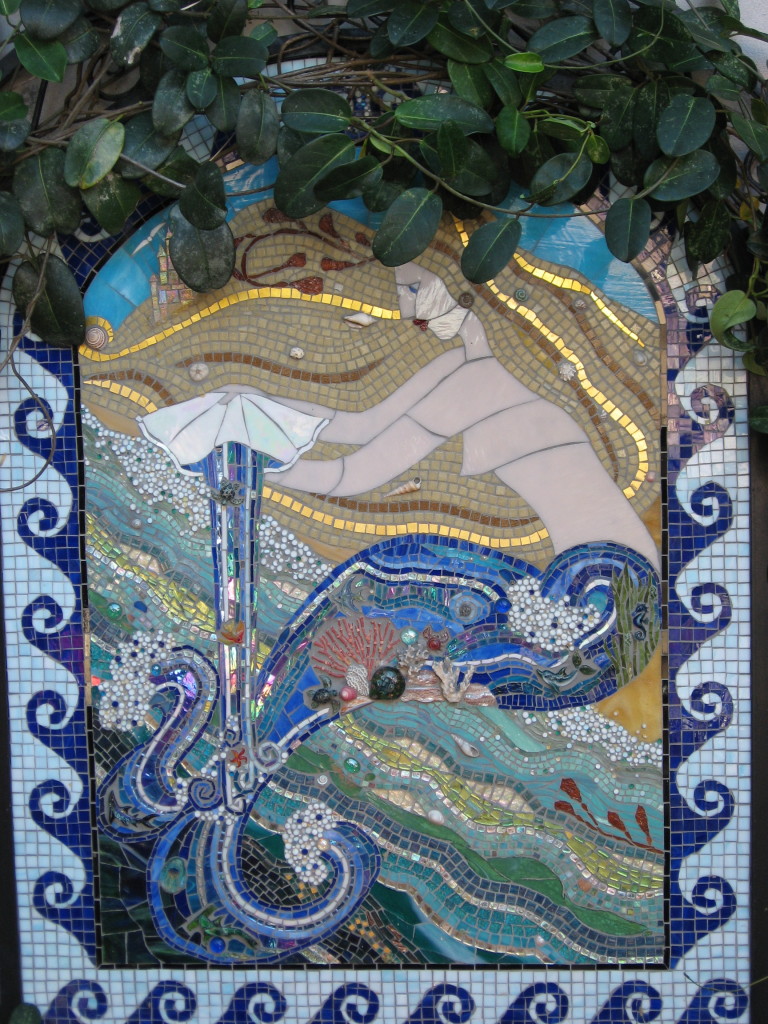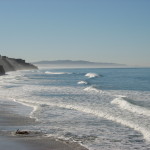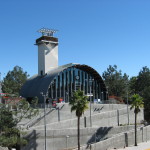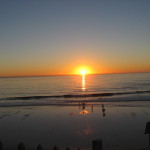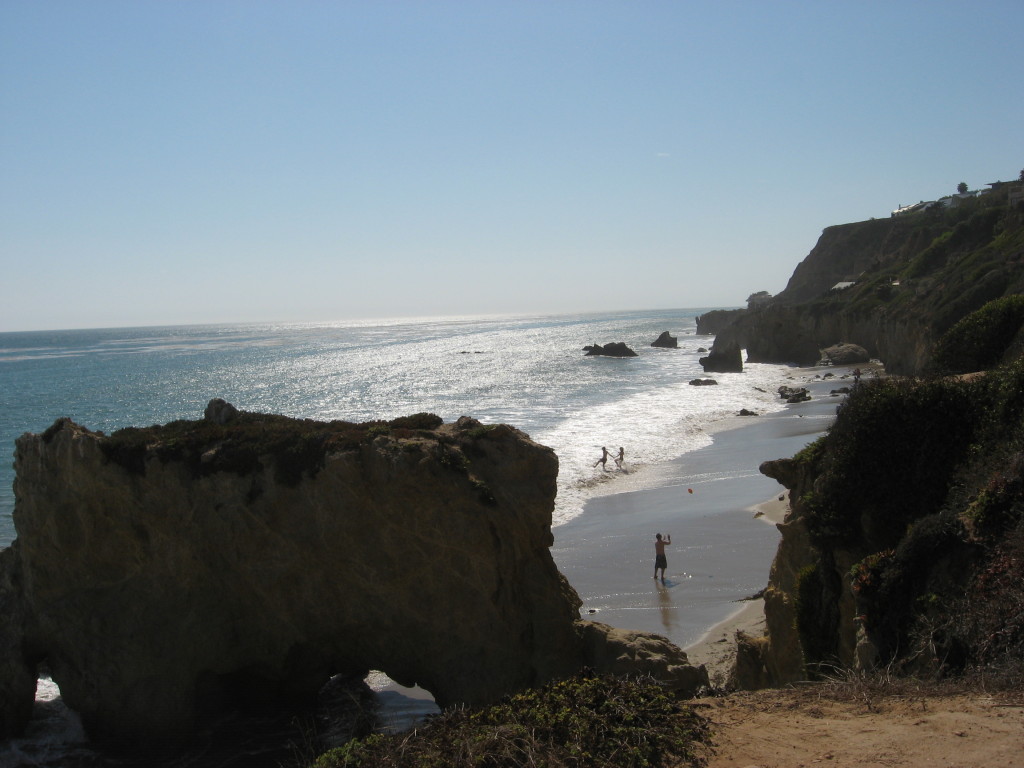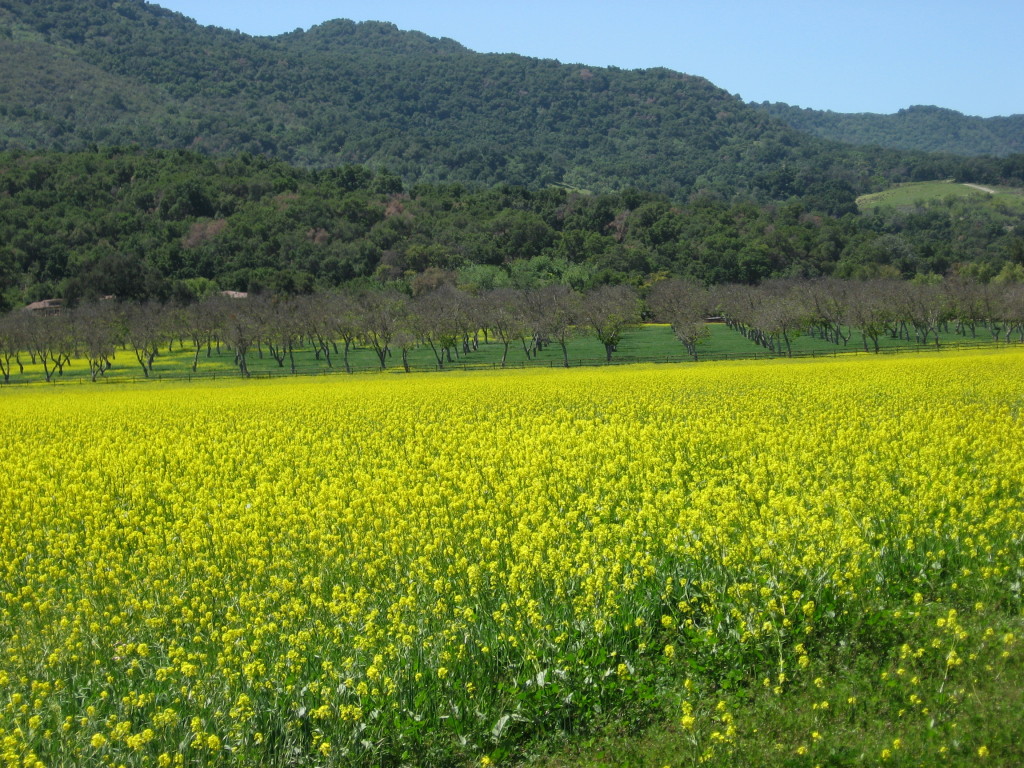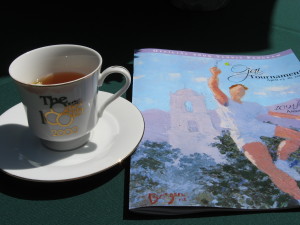In the Sarapiqui rainforest in northeastern Costa Rica, we watched a long line of cutterants hard at work carrying green bits of leaves down a tree trunk and along the ground enroute to their nest. Hoisting the fragments above their heads, these little stevedores are herculean since the leaves can be three times their body weight.
Surprisingly, the ants don’t eat the leaves but instead bring them to an underground chamber and feed them to a soft, spongy fungus that they cultivate for food. Cutterants are farmers par excellence! They work in a multifaceted partnership that makes their fungus farming successful.
An average nest has 5 million ants living in a complex system of tunnels and chambers that can be the size of a small car. The queen is the heart of the colony and can lay 30,000 eggs a day.
The ant workforce is quite diversified. Each ant type has specific work assignments. Media ants do the leaf cutting and the heavy lifting and portage. Large-jawed soldiers patrol and protect the ants as they journey back to the nest with their green cargo. Another ant group distributes leaf bits to the fungus. The smallest ants, the minimae, tend the fungus. They often hitch a ride on transported leaves to clean off competing fungal spores. (A minima is riding the leaf towards the top of my photograph.) Minimas chew leaves into smaller pieces, adding feces and saliva and attaché this sticky material to the fungus.
They fertilize their fungus garden using nitrogen-fixing bacteria. They kill unwanted garden parasites with a type of Streptomyces bacteria that resides on the ants’ exoskeleton. The ants don’t fall prey to insecticides produced by plants because the friendly fungus zaps them.
Leafcutter ants and the antimycin compounds linked with the Streptomyces they carry have inspired research on anti-cancer drugs to use against chemotherapy-resistant cancer cells.
Ants secrete a chemical trail that leds them back to their nest. They communicate rapidly and don’t need Facebook to form a “flash mob”. Remember their lightening-speed communication skills next time you have a parade of ants invade your picnic or kitchen.
Ants never captured my imagination as a child but here I am awestruck by their ingenuity, synergy and work ethic. Maybe — just maybe — an Uncle Milton’s ant farm is in order for all of us to learn big lessons from the tiny ant.
